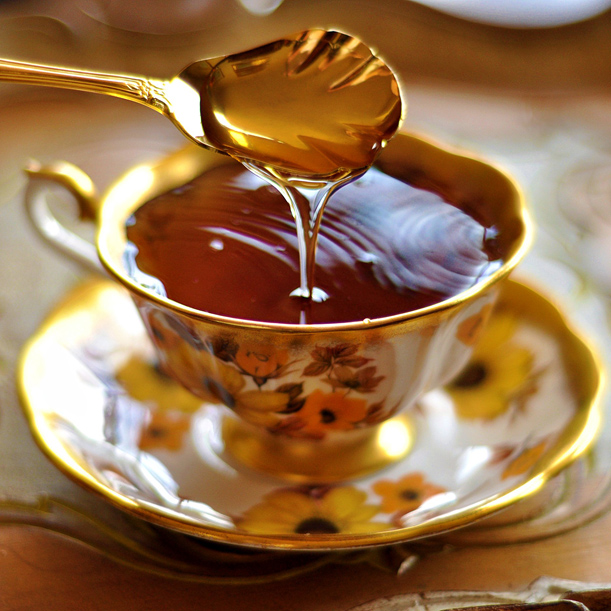Things
are not the same around Wandoan. With rampant resource sector development in recent
years the police district covered from Wandoan has experienced a 200% increase
in heavy traffic movements. This is more than any other area in the Surat
basin. The Wandoan police station has had a doubling of staff from 2 to 4
officers to cover the extra traffic and policing issues brought on by coal seam
gas projects. Resource company dual cabs as a lighter vehicle would not be
covered in the heavy traffic movement statistic significantly outnumber any
other traffic on Wandoan community roads. It has become a common sight to
witness a one of these vehicles worst for wear from an accident on the back of
a tilt tray truck. Some Wandoan district back roads now have more vehicles use
them in one day than what would once travel their length in one year.
With
all this activity the inevitable occurred, the ruination of roads, pot holes, slower
driving times, worries about livestock transport, dust and great inconvenience
to the Wandoan and district community.
On
a Friday afternoon 30th August community members came in good
numbers to a forum at the Wandoan cultural centre to voice their frustrations
to their not so local council, the Western Downs Regional Council. (WDRC)
It
was almost a perfect storm for WDRC. It was formed out of what Professor Scott
Prasser recently described in a recent ABC radio interview as the “surreptitious
manner in which former Qld Premier Peter Beattie brought in council
amalgamations.” A mammoth task of tacking together the former shires of Dalby,
Wambo, Tara, Chinchilla, Murilla and the crude hacking in half of the Taroom
shire. The latter is the Wandoan community.
Then there were the consecutive
flood years of 2010 and 2011. There were many roads damaged in this time by
flood waters not helped by coal seam gas exploration vehicles who insisted on
using non all weather roads in the wet. At the beginning of WDRC existence Xstrata
caused a lot of vehicles movements with exploration & pre-development work
on the proposed largest coal mine in the southern hemisphere. In buying out
farmers and graziers in the mine area this proposed super hole in the ground
ripped a large hole in the fabric of the Wandoan community which is replaced by
zilch since Glencore/ Xstrata have now announced the policy of no new “greenfield”
coal mines. Xstrata are now conspicuous by their absence as also missing in
action is those vehicles running around in the bid to develop the “missing link”
railway. However these were replaced in increased numbers by the invading
hordes working on gas pipeline projects and the development of new coal seam
gas fields.
But
it wasn’t the perfect storm as the meeting at Wandoan did not allow the WDRC
engineers, councillors and the mayor, Ray Brown to avoid all responsibility. Damage
to roads by flood is being funded from State and Federal governments
administrated in what appears to be a ponderous convoluted fashion by the Qld
Recovery Authority. The emphasis is on restoration not reconstruction;
restoration to the pre-existing level. It may be unfair but there is the
appearance that WDRC councillors have allowed themselves to become consumed by
the weight of the system, the process, the red tape that they have lost the
capacity to take control. The meeting was assured that just as much money as
previously was spent in the Wandoan area on roads was met with scepticism after
taking in account of CPI, mandatory budget allocation of depreciation and most
emphasised by the meeting ever increasing WDRC red tape. All of which isn’t
helped by the autocratic management style of Mayor Ray Brown.
At the start of the current ongoing coal seam gas activity there was no arrangements in place for the repairs of roads. Narrow 4 metre bitumen road proved to be completely unsuitable for the amount of traffic experienced. Because when passing vehicles have to move at least in part off the bitumen, the sides got worn away, a drop down developed off the bitumen and then the edges of the bitumen would break away, narrowing the road further. On gravel and dirt roads the resource companies started to maintain the roads. For example the principle contractor for the QGC gas pipeline project, MCJV, would send a grader, water truck and roller up a road every fortnight. Some of these roads were maintained in a better condition than they ever had been before. Then without explanation to their ratepayers WDRC stopped resource projects maintaining roads. The meeting was told that the roads weren’t being graded in the correct manner. This received the very good reply of that council have specifications for their own staff to meet; why can’t these specifications be provided and overseen for work done by resource companies?
There are now agreements in place for resource companies to pay for damage to roads. The Qld Co-ordinator general has made directions to a process. The original traffic predications proved to be of little worth and WDRC now work on calculating actual damage to the road. There are problems with different resource companies using the same road pointing the finger at the other for being the culprit of inflicting damage. WDRC has received funds from QGC, Origin and Sunwater, having spent to date $28 million on repairs with an estimated $42 million required. Typical of how they operate, Powerlink are conspicuous by their absence with any dialog with WDRC to meet any repair bill.
Apparently
the aim is require any resource company when a project is completed to repair
the road to a standard it was before they began operations. But is this
adequate? Should not roads that can’t handle the expected traffic such as
narrow bitumen be upgraded before commencement of a project? Should a community
suffer this much inconvenience with the only expectation of no improvement when
it is all over?






.jpg)










.jpg)
